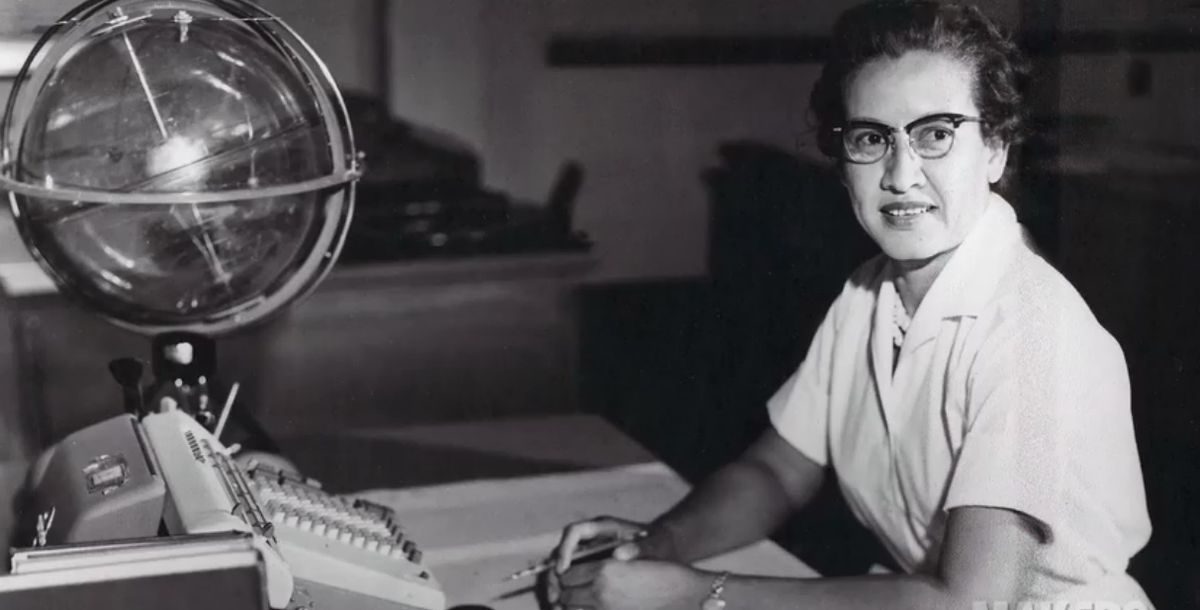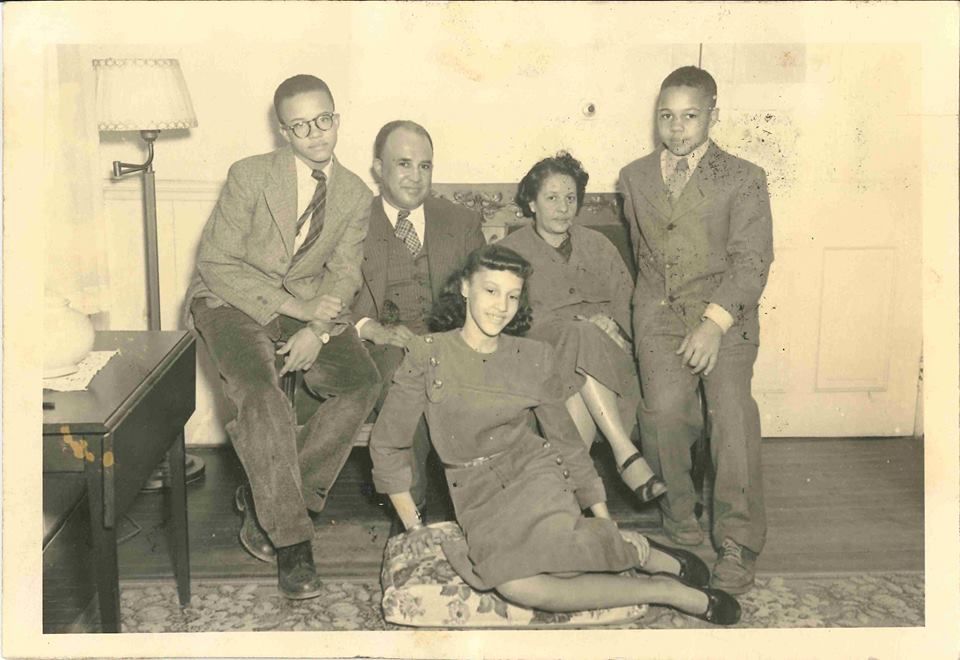You are viewing the article NASA’s Hidden Figures: The Unsung Women You Need to Know at Lassho.edu.vn you can quickly access the necessary information in the table of contents of the article below.

For decades, female NASA employees dubbed “human computers” helped the United States excel in the space race, but yet their critical contributions remained largely unacknowledged, not only outside NASA but within it.
The movie Hidden Figures introduces three of these women: Mary Jackson, Katherine Johnson and Dorothy Vaughan. While their stories are compelling, the work of their colleagues who still remain in history’s shadows was also of great importance. Here are a few of the other Black women of NASA you need to know who served during the “Hidden Figures” era. Their stories are told in Hidden Human Computers: The Black Women of NASA, a book written by Sue Bradford Edwards and Dr. Duchess Harris (whose own grandmother was one of the “computers”), and published by ABDO in December 2016.
We spoke with Harris to learn more about the other Black “human computers” and their achievements.
Miriam Daniel Mann
In 1943, Miriam Daniel Mann learned about job opportunities at the National Advisory Committee for Aeronautics, or NACA, NASA’s predecessor. Mann, who had earned a chemistry degree with a minor in mathematics from Alabama’s Talladega College, was perfect for the human computer position, which was among the most demanding jobs for women of her era. Mann, who was born in 1907, was hired by NACA, which at the time was operating 24 hours a day. Employees worked shifts from 7 a.m. – 3 p.m., 3 p.m. – 11 p.m. or 11 p.m. – 7 a.m. The arrangement made for a “very different household” in an era “when it was the norm for women to stay at home,” said Mann’s daughter, Miriam Mann Harris, in a 2011 oral history interview.
Harris’ earliest recollections revolve around her mother’s career: “My early memories are of my mother talking about doing math problems all day. Back then, all of the math was done with a #2 pencil and the aid of a slide rule. I remember the talk of plotting graphs, logs, doing equations and all sorts of foreign-sounding terms.” Harris, who worked at NASA until poor health forced her to retire in 1966, was among the African American human computers who worked on John Glenn’s mission.
It wasn’t just math and computing Mann performed, however. Her daughter recalls her mother’s quiet acts of resistance against the segregation that existed inside NASA, including removing the “Colored” sign from a table in the back of the cafeteria and accepting her white female boss’s invitation to visit her apartment. Such an invitation, crossing lines of both professional rank and race, was quite unusual for the times,” Harris observed. Though Mann would die two years before Neil Armstrong walked on the moon, she was aware that her work — both the computing and civil rights actions — made significant contributions to NASA’s advances between the 1940s and 1960s.
Kathryn Peddrew
Peddrew, like Mann, had graduated from college with a chemistry degree and was hired by NACA in 1943. She would spend her entire career there, retiring in 1986. She had been raised by parents who taught her that she could be anything she wanted to be and her belief in herself never wavered, even as she endured both gender and racial discrimination in her job search before arriving at NASA. Peddrew had wanted to join the research team of one of her college professors, who studied quinine-incited deafness in New Guinea but was denied the opportunity because the team had no contingency plan for housing women separately from men.
After this disappointment, Peddrew decided to shoot for the moon, applying for a position in NACA’s chemistry division after reading a job listing in a NACA bulletin. She was hired, but when administrators learned she was Black, they rescinded the offer for the chemistry job, transferring her to the computing division instead, which had a segregated section for the Black female human computers.
Over the course of her NASA career, Peddrew would work in both aeronautics and aerospace, studying balance in the Instrument Research Division.
Christine Darden
Racial discrimination in hiring practices at NASA hadn’t improved much by the time Christine Darden applied for a position in the late 1960s. Darden, who held a Master’s in engineering and was qualified for an engineer position within the agency, was nonetheless assigned to a human computer role, which represented a sub-professional category. NASA could take advantage of the knowledge conferred upon her through her degree, but wouldn’t assign her a position or corresponding pay grade that was commensurate with it.
Darden, however, wasn’t one to be cowed into conformity. Fully cognizant that she was capable of holding a professional position within the agency, she confronted her supervisor and was transferred to an engineering job in 1973. In this role, she worked on the science of sonic booms, making specific advances on sonic boom minimization and writing more than 50 scholarly articles on the subject.
In 1983, Darden earned a doctorate degree and by 1989 she was appointed to the first of a number of management and leadership roles at NASA, including technical leader of the Sonic Boom Group of the Vehicle Integration Branch of the High Speed Research Program and, a decade later, director in the Program Management Office of the Aerospace Performing Center.
Annie Easley
Annie Easley, who joined NASA in 1955 and would work at the agency for 34 years, shared the same self-awareness and confidence as Darden, as well as the same tenacity for ensuring her rights were respected. In the 1960s, Easley wrote the computer code used for the Centaur rocket stage. Dubbed by NASA as “America’s workhorse in space,” Centaur has been used in more than 220 launches. Easley’s code was the basis for future codes that have been used in military, weather, and communications satellites.
Despite this accomplishment, Easley encountered staggering discrimination, particularly when it came to accessing educational benefits promised to NASA employees. NASA had instituted a policy that allowed employees a grant of sorts to cover coursework that was relevant to their jobs. Easley wanted to take some math classes at a nearby community college, and asked her male supervisor if NASA would pay for the classes.“Oh, no, Annie, they don’t pay for any undergraduate courses,” he said. She informed the supervisor that she was aware of NASA’s policy about paying for classes, but he dug his heels in, saying, “They only do it for professionals.” She paid for her own classes and earned her Bachelor’s in Mathematics, but not after being denied paid leave (another NASA policy) to pursue the degree.
Thank you for reading this post NASA’s Hidden Figures: The Unsung Women You Need to Know at Lassho.edu.vn You can comment, see more related articles below and hope to help you with interesting information.
Related Search:

